10 reasons to make Nantes your next city break
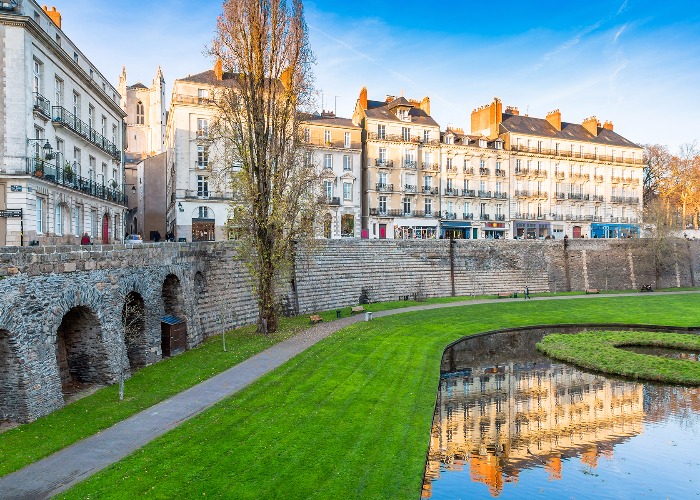
For a French escape that's full of art, history and great food, west is best
If you've exhausted Paris and are on the hunt for a new French city to explore, here are 10 reasons you need to go to Nantes.
1. It’s where Parisians want to live
Arty and creative, the capital of the Pays de la Loire has completely reinvented itself over the last 30 years. It’s had to; the last shipyard closed in 1987 and the city needed an income. Gone is the heavy industry along the Loire; Nantes today is green and vibrant, packed with students, ambitious architectural projects and high-tech startups.
The city constantly scoops up awards for the quality of life. No surprise, then, that more Parisians are flocking here every year in the hope of a more laid-back life.
Yet Nantes, once favoured by French royals, hasn’t lost touch with its intriguing history. There’s no better place to get orientated than the Château des Ducs de Bretagne, a moated castle overlooking the medieval quarter.
Inside, there’s a cleverly designed interactive museum that takes you from the middle ages, through the era of the slave trade, in which Nantes became rich, and the Second World War, when it was both occupied and bombed.
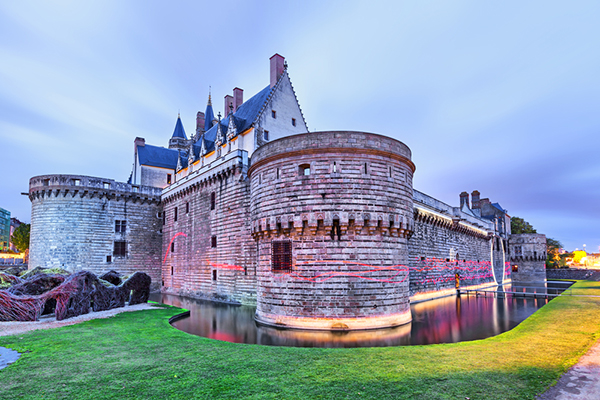
2. The old centre is beautifully preserved
One legacy of 18th and 19th centuries, when Nantes was a wealthy, bustling river port, is wide boulevards converging on elegant squares that are packed with outdoor cafés in summer.
Wander through the ornate Passage Pommeraye, a graceful 19th-century arcade lined with fancy shops, and grab a ringside seat at La Cigale, a bustling brasserie on Place Graslin, famed for its opulent, art nouveau décor as much for its people-watching potential.
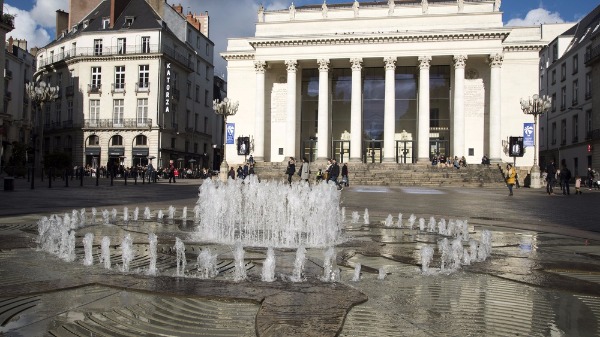 Place Graslin (Cafe de Art/Shutterstock)
Place Graslin (Cafe de Art/Shutterstock)
3. The art scene is incredible
Paris has the Louvre but Nantes’ Musée d’Arts, reopening this summer after a six-year, €88m renovation, is tipped to be one of the top five galleries in France. A new wing, The Cube, clad in translucent marble, will house pieces by Picasso, Kadinsky and Monet, while the palatial main gallery walks you from the 13th to the 19th centuries.
But there’s art all over the city, much of it in the form of quirky installations, not least the procession of giant illuminated rings along the waterfront on the Ile de Nantes, a large island in the river, their colourful glow reflected in the river at night.
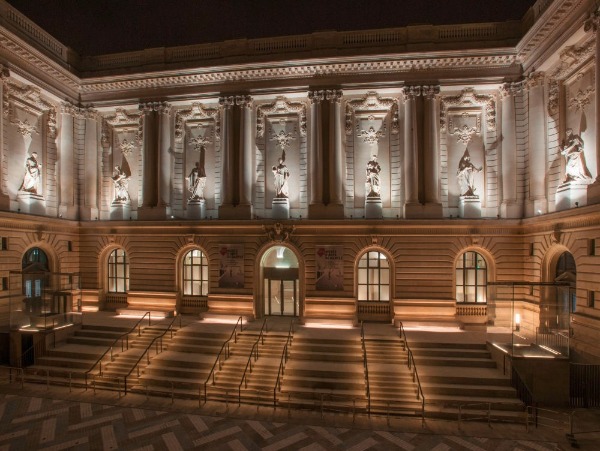 Musée d'Arts (Nantes Métropole/Musée des Beaux-Arts)
Musée d'Arts (Nantes Métropole/Musée des Beaux-Arts)
4. There’s even art on the river banks
Nantes sprawls along the banks of the Loire, which broadens as it flows west, its banks lined with marshland and fields until it meets the ocean at the busy port of Saint-Nazaire. The two-and-a-half hour journey by day cruiser is packed with surprises, so collect an Estuaire map from the tourist office and keep your eyes peeled.
A crooked house in the middle of the river? A yacht that appears to have melted and drooped over the bank? All part of the Arts Trail of 30 installations, ending at the Atlantic with a dramatic sea serpent that reveals itself at low tide.
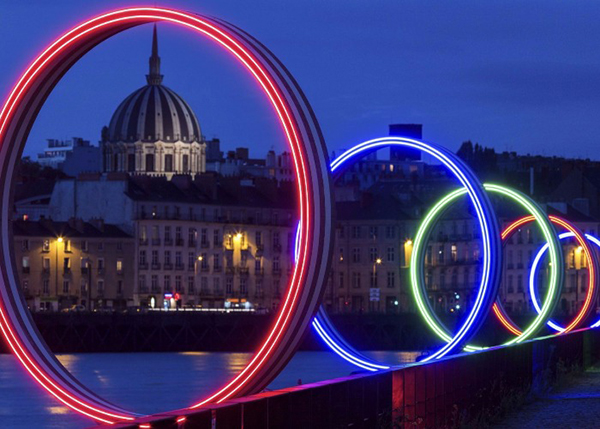
5. You can stay in a boutique hotel on a budget
Nantes has a decent selection of stylish hotels in its compact centre and they’re surprisingly affordable. Try Hotel Pommeraye, right by Passage Pommeraye. The rooms are pretty minimalist but some have been custom-designed by local artists; room 309, for example, has lime-green walls and a circular bed.
The Hotel de France, a recently refurbished 18th-century townhouse, has more of an art deco feel and overlooks Place Graslin.
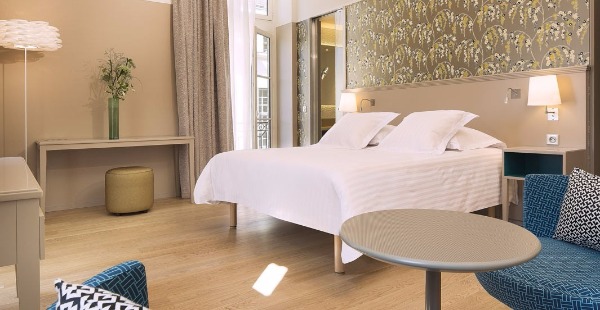 Hotel Pommeraye
Hotel Pommeraye
6. The whole city is walkable
The thoughtful tourist office has painted a green line on the pavement linking all the major sites from the medieval quarter to the urban regeneration projects on the Ile de Nantes, so you can’t miss out and you won’t get lost.
When you've had enough of walking, jump on a tram. They’re cheap and efficient but if you buy a Pass Nantes (€25 for 24 hours), public transport is included, as well as entry to most of the museums.
.jpg) DANG Tuan Minh/Shutterstock
DANG Tuan Minh/Shutterstock
7. There’s a giant mechanical elephant
The literary adventures of the city’s most famous son, Jules Verne, have inspired Les Machines de L’Ile, a mad inventors’ workshop occupying the site of the former shipyards on the Ile de Nantes.
A 40ft (12m) high mechanical elephant, carrying up to 50 people, marches around the quayside, blowing spray out of its trunk. Bizarre sea creatures, among them a giant crab and a ferocious-looking angler fish, rotate on a three-level carousel.
In a vast hangar, you can ‘fly’ in a basket suspended from a pterodactyl-like heron or ride on the back of a creepy mechanical spider.
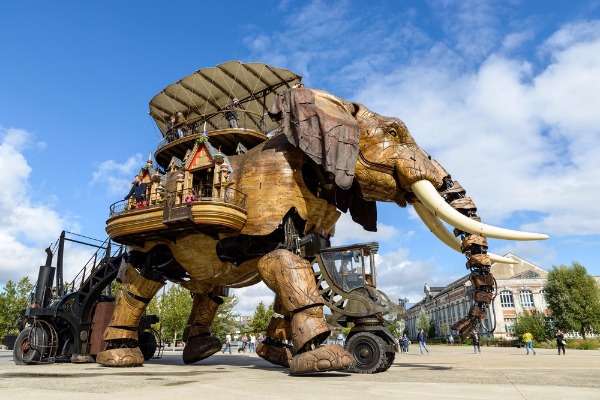 (Dutourdumonde Photography/Shutterstock)
(Dutourdumonde Photography/Shutterstock)
8. You can sample gourmet chocolate
Trade with the New World in the 18th century meant ships would arrive in Nantes laden with mysterious new commodities including sugar, coffee and cocoa. As a result, chocolatiers sprung up all over the city and many are still here.
Debotté on rue Crébillon is one of the best known, an old-fashioned patisserie where cabinets display glossy pralines and rainbow-coloured macaroons – and you might get a tasting if you take time to chat to the owner.
9. You can eat extremely well for under €30
Nantes may lack culinary big shots and Michelin stars, but its up-and-coming chefs focus on local ingredients, particularly seafood from the Atlantic. Book ahead for dinner at Les Chants d’Avril, a gourmet bistro tucked away in the Champs du Mars quarter. Chef Christophe François and his wife Veronique concoct a superb ‘mystery’ three-course menu, exceptional value at €26.50.
For Sunday lunch, hop on the Navibus ferry to Trentemoule, the former fishermen’s quarter, and sit on the terrace at La Civelle, a bustling waterside bistro where locals tuck into platters of fresh seafood.
On a budget? Grab a crêpe at Heb-Ken, with more than 300 combinations, from just €8. Or visit the covered market on Rue de Talensac and pack a picnic; it’s like one giant gourmet deli, with everything from crispy baguettes to local cheeses, antipasti and home-made pâtés.
10. They throw a pretty good party
In July and August, Le Voyage à Nantes takes over the city, with two months of art exhibitions, concerts, DJs, street art, outdoor festivities and pop-ups. The festival is as much for locals as visitors and most events are free.
Comments
Be the first to comment
Do you want to comment on this article? You need to be signed in for this feature